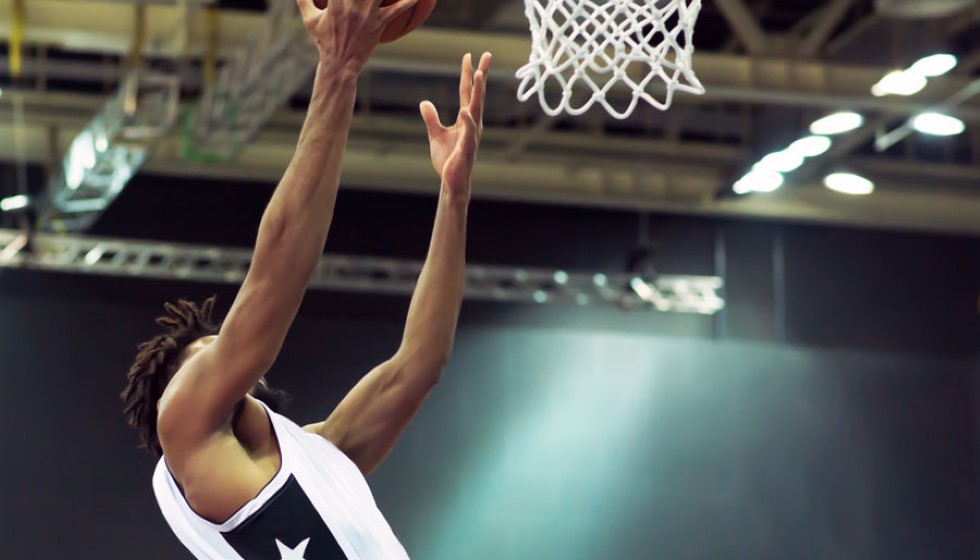
The NBA's New Era of Social Media and Cell Phone Policy
As the NBA gears up for another electrifying season, there’s a renewed focus beyond just athletic prowess and game-day strategy. This spotlight hones in on a policy crucially tied to the ever-evolving landscape of technology: the regulation of cell phone and social media usage during games. Introducing a revised policy that responds to the technological age players and coaches find themselves deeply enmeshed in, the NBA aims to balance engagement and discipline, while also safeguarding the sport’s integrity.
The original policy, the "Villanueva rule," had its inception back in 2009, marking its territory in an era where social media was burgeoning, yet the ramifications of its usage during professional sports weren’t fully understood. Now, over a decade later, as social media continues to shape public perception and interaction, the NBA has teamed up collaboratively with the players' union, the NBPA, to bring a more nuanced policy into action.
A Collaborative Update in the Digital Age
What makes this update noteworthy isn't just the policy itself but the collaborative effort behind it. It is a joint creation by the NBA and the NBPA, reflecting a matured understanding of players' rights to express themselves and the league’s responsibility to protect the game’s sanctity and credibility. The newly defined "during games" period begins 45 minutes prior to tip-off and extends until post-game media interactions conclude. This window underscores the balance of preparation, engagement, and responsibility expected from those within the league.
Even more crucial is the underlying stimulus for the revision—concern over legal sports gambling. The recent history surrounding incidents like Jontay Porter's alleged lifetime ban for sharing crucial insider information with bettors highlights the gravity of this matter. With billions potentially wagered on outcomes, the necessity to prevent any breaches of integrity is more vital than ever.
Guarding Integrity with Precision
To minimize risks associated with insider information leaks, the NBA has decided on implementing a clear line of communication—a designated single point for coaches and players during restricted cell phone usage times. This measure aims to curtail unauthorized exchanges that could compromise game fairness and outcomes.
This update, although comprehensive, has yet to articulate potential sanctions for infringements. Given the sensitivity of the subject, one can anticipate that the forthcoming delineation of repercussions will be as rigorous as the regulatory framework itself.
Individual teams, on their part, have taken proactive approaches by implementing even stricter guidelines than what the league mandates, illustrating a league-wide dedication to maintaining discipline and focus amidst technological distractions.
Adapting to Modern Challenges
For the NBA and its teams, adapting to this modern technological environment is not just about controlling narrative but ensuring that players maintain their focus on the game. The onus is on integrating a fair yet firm policy that complements both the freedom of personal expression and the structured discipline of a professional athlete. The challenge lies in enforcing these rules with an understanding of the multifaceted lives athletes lead, both on and off the court.
This evolving policy is a testament to the NBA's unwavering commitment to the integrity of the game and its adaptability in an era where technological advancements and social media are intricately woven into the fabric of daily life. As the NBA continues to carve pathways through the complexities of modern engagement, the spotlight remains on how these rules will hold up amidst the dynamic tempest of professional sports and technology-driven interactions.